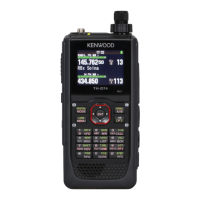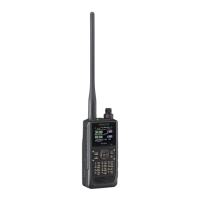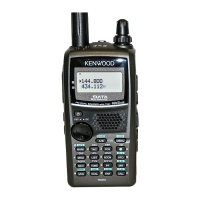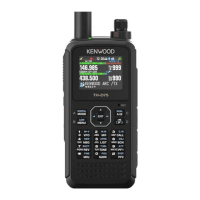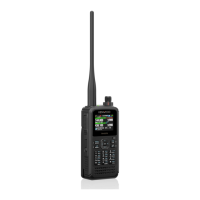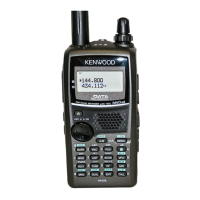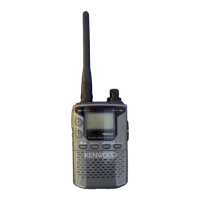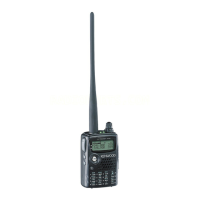Why is there no sound from PC when Kenwood TH-D74A Transceiver is connected via USB?
- CChristopher RussoSep 13, 2025
If there's no sound from the PC when your Kenwood Transceiver is connected via USB, the USB selection setting is probably set to "Mass Storage". Change it to "COM+AF/IF Output". If you still can't hear anything, check the PC settings.
